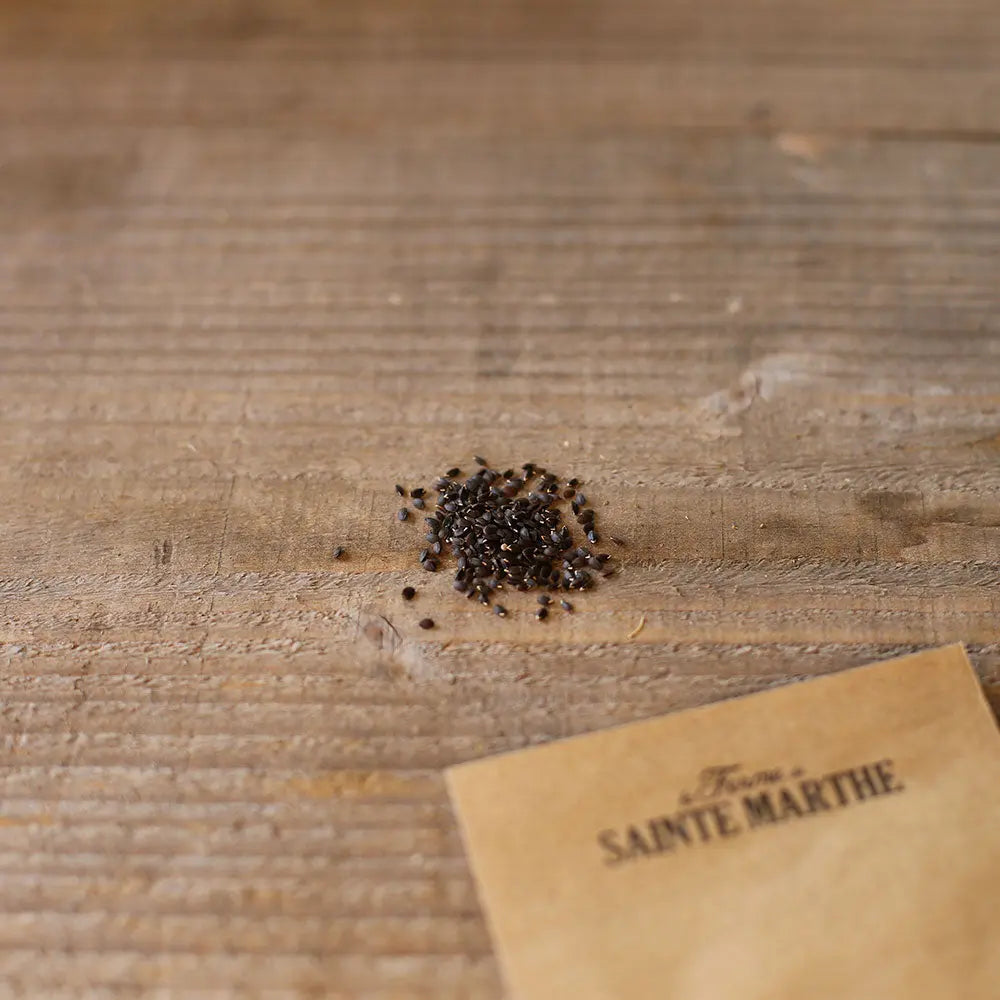THE GREEK MOUNTAIN AB
Sideritis syriaca
Greek mountain tea is an aromatic and medicinal perennial plant developing low clumps (maximum 15 cm high) of hairy grey foliage and beautiful yellow flowers in May-June .
Greek mountain tea has been known for its medicinal properties since ancient times , but is also considered one of the best teas in Europe .
Hardy in well-drained soil (-10 to -15°C), requiring little watering or maintenance and tolerating poor soils and sunny exposures , it is perfectly suited to dry gardens and rockeries .
Its foliage and aromatic flowers , with a fresh, peppery scent , are harvested in May-June , then dried to be used in herbal tea .
How to successfully sow Greek mountain tea
Sow from March to May , under cover, at 20°C , in a well-drained substrate , on the surface, do not cover the seeds , keep moist . Emergence in 7 to 15 days .
Transplant into a pot when the plants are sufficiently developed.
Greek mountain tea plantation
Plant in open ground in warmed soil , from mid-May , or in autumn , 40 cm apart .
Greek mountain tea prefers poor , well-drained soils and sunny exposures .
Plant approximately 5 plants/m² .
It is also possible to plant Greek mountain tea in pots with a well-draining substrate .
Prune lightly in July after flowering .
Consume Greek mountain tea
Bring water to a boil and let it steep for about 5 minutes . The infusion can be drunk hot or cold .









